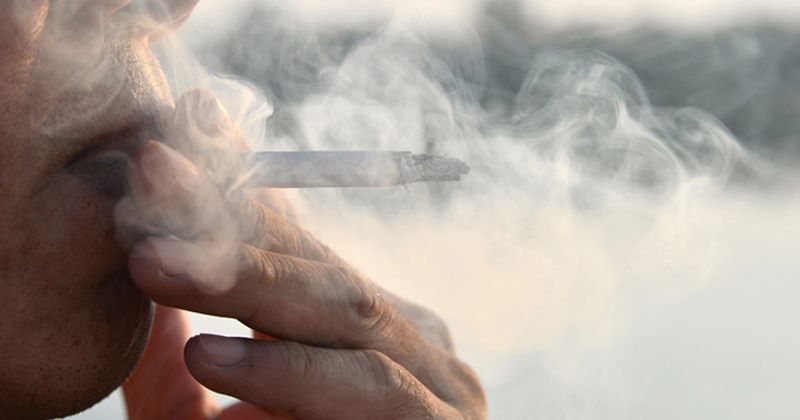Bisexual, gay, lesbian individuals at high risk for substance use, psychiatric disorders
Bisexual, gay and lesbian individuals were more likely to have alcohol or tobacco use disorder and a comorbid psychiatric disorder, according to results of a survey study published in American Journal of Psychiatry.
“Given the additional difficulties associated with having a substance use disorder and another psychiatric disorder, we wanted to understand if sexual minorities were at increased risk for comorbid psychiatric disorders,” Rebecca J. Evans-Polce, PhD, of the Center for the Study of Drugs, Alcohol, Smoking, and Health, School of Nursing at University of Michigan, told Healio Psychiatry. “We also wanted to know what types of risk and protective factors were related to having a comorbid psychiatric disorder, which can inform how clinicians assess and treat individuals with psychiatric comorbidities.”


Evans-Polce and colleagues analyzed data of 36,309 participants of the 2012 to 2013 National Epidemiologic Survey on Alcohol and Related Conditions-III. Specifically, they examined the co-occurrence of past-year alcohol or tobacco use disorder with past-year PTSD, mood disorders and anxiety disorders according to sexual identity — heterosexual, bisexual, gay or lesbian — and sex. Further, they examined the association of social support and stress-related factors with the presence of comorbidities.
Researchers found bisexual, gay and lesbian individuals, particularly bisexual women, had higher rates of comorbidities. Among those who met criteria for a past-year alcohol use disorder, 55% of bisexual and 51% of gay or lesbian individuals had a psychiatric comorbidity. However, one-third of heterosexual individuals who met criteria for a past-year alcohol use disorder had a psychiatric comorbidity. Evans-Polce and colleagues reported similar differences regarding past-year tobacco use disorder.
The frequency of sexual orientation discrimination (adjusted odds ratio [aOR] = 1.08-1.1), number of stressful life events (aOR = 1.25-1.43) and number of adverse childhood experiences (aOR = 1.04-1.18) among bisexual, gay and lesbian individuals were significantly associated with higher risk for comorbidities. The researchers observed a significant inverse association between greater social support and tobacco use disorder comorbidities (aOR = 0.96-0.97).
“Mental health screening is particularly important for sexual minorities with an alcohol or tobacco use disorder given the high rate of psychiatric comorbidities in this population,” they wrote. “Also, clinicians should be aware of some of the additional challenges and stressors faced by sexual minorities that may contribute to their increased risk for comorbidities. This may inform their assessment and treatment strategies.”









